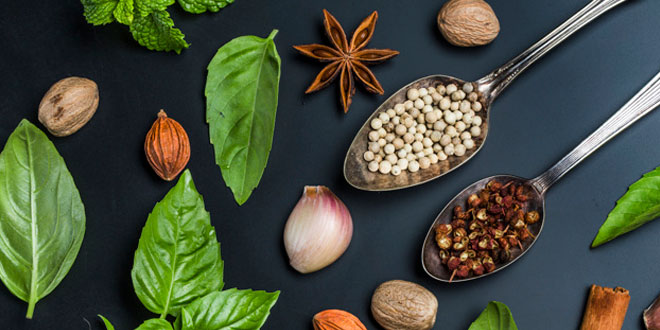Question: Whether food is made in all parts of a plant or only in certain parts?
Answer: Only certain part plant like leaves having green pigment chlorophyll can make food, therefore leaves are called the food factories of plants.
Besides leaves, photosynthesis also takes place in other green parts of the plant — in green stems and green branches. The desert plants have scale- or spine-like leaves to reduce loss of water by transpiration. These plants have green stems which carry out photosynthesis.
Question: Give reasons for the following:
- Fungi are saprotrophs: Because they do not have chlorophyll, they have to depend upon dead and decaying matter for nutrients.
- Lichens represent symbiotic relationship: Because lichens consist of algae and fungus. Algae provides the nutrition to fungus and which in return provides minerals and shelter to algae.
- After the harvest, the soil becomes deficient in nitrogen: Because the plants use up the nitrogenous component of soil for their growth.
- Symbiotic relationship of leguminous plants and bacteria Rhizobium is of great significance for the farmer: Rhizobium fixes nitrogen in soil naturally and farmers do not need to add any nitrogen fertilizers to the soil.
Question: What is the role of stomata in photosynthesis?
Answer: The role of stomata in photosynthesis is that it takes in carbon dioxide, which is necessary in photosynthesis.
Question: How do leguminous plant replenish the soil?
Answer: Leguminous plants replenish the soil by the presence of Rhizobium. These plants contain legumes and nodules which reside in the bacteria called rhizobium. These bacteria convert the atmospheric nitrogen into a soluble form that can be absorbed by roots.
Question: How Pitcher plants get their nutrition?
The pitcher plant has a pitcher-shaped structure filled with liquid. It has a flap-like-structure on its mouth. The edge of the opening of the pitcher is slippery. The insect that sits on it slips and fall into the pitcher, getting trapped inside with the closing of the lid.
Question: Explain the mechanism of trapping insect in Venus flytrap.
Answer: The leaves of the Venus flytrap have stiff hair-like projections on their edge and the entire leaf is divided into two parts, with the midrib acting as a hinge. When an insect sits on the leaf, it shuts tightly, trapping the insect inside it.
Question: Write the functions of the following:
- Xylem: The root system in plants helps in the absorption of water and minerals from the soil. These are carried to the other parts of the plant through tubular structure called xylem.
- Phloem: Helps in the transportation of the food to the other parts of the plant.
- Chloroplast: These are the cells that contains chlorophyll.
 Class Notes NCERT Solutions for CBSE Students
Class Notes NCERT Solutions for CBSE Students




It was a nice experience